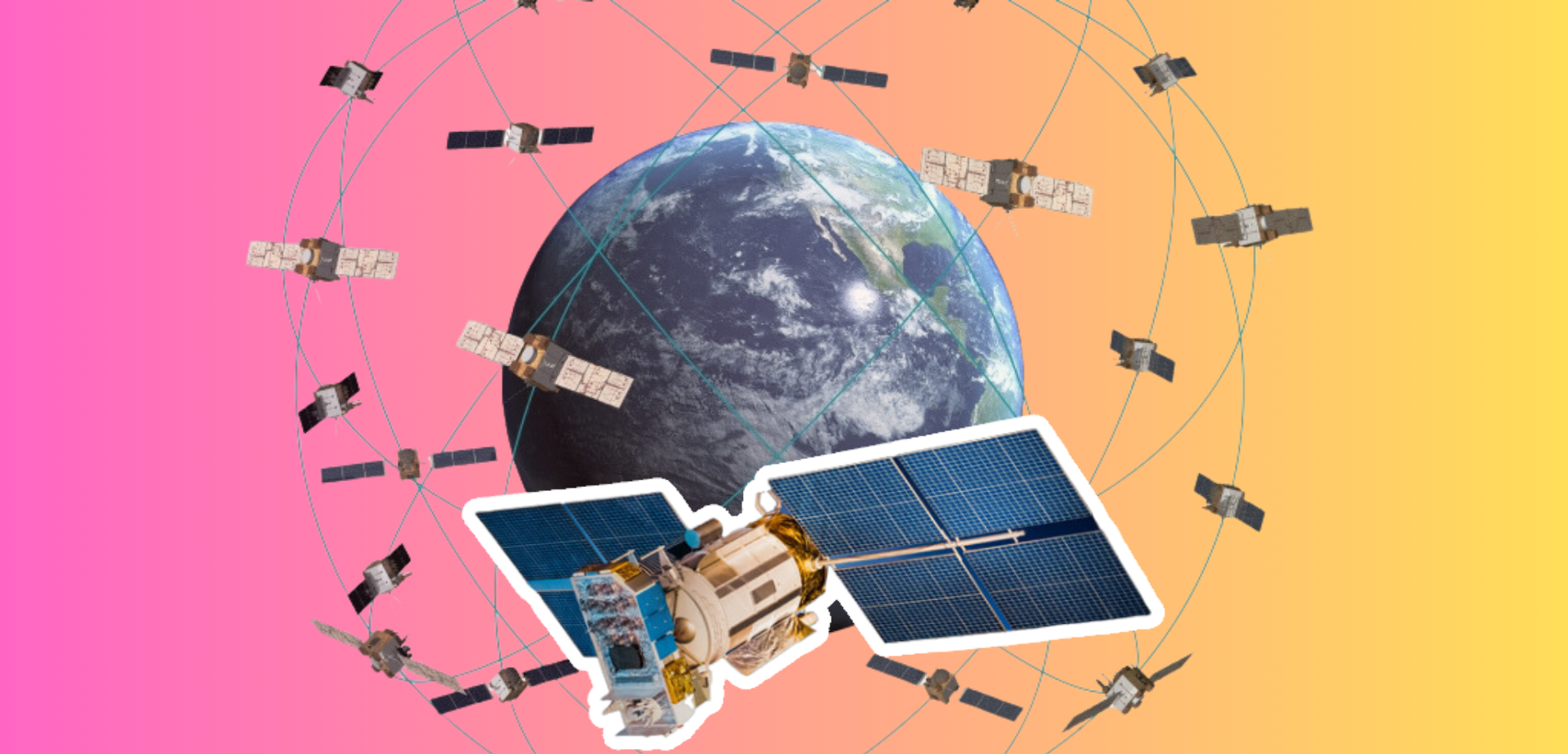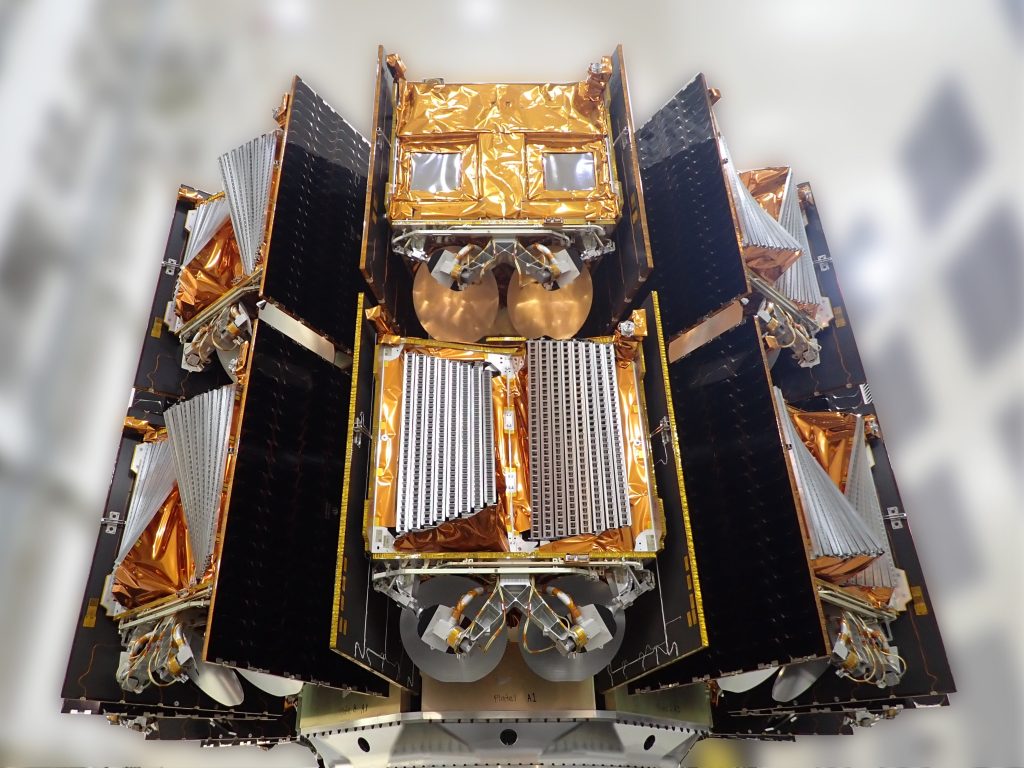UK-built beam-hopping JoeySat up for OneWeb 2
22nd May 2023
A satellite demonstrator developed for OneWeb’s Gen 2 constellation was launched on 20 May. If successful, it will strengthen internet coverage in high-demand places through beam-hopping. The satellite, dubbed JoeySat, was developed by several UK companies with the help of £52 from the UK Space Agency (UKSA) and the European Space Agency (ESA) and launched alongside 15 other OneWeb satellites from the Vandenberg Space Launch Complex in California.
The JoeySat launch
The satellites launched atop a SpaceX Falcon 9 rocket into space on Saturday at 2:16 pm (BST), the 20th of May. According to OneWeb, the satellites successfully separated from the rocket and were deployed in eight phases over a period of one hour and 26 minutes. Signal acquisition of all 16 satellites were confirmed shortly after, and the launch marked OneWeb’s fourth with SpaceX.
According to SpaceX, this launch also marked the eleventh use of this booster, which has previously supported several missions such as DART, Transporter-7, and Sentinel-6.
What is JoeySat?
In May 2021, a group of UK companies were awarded funding to build a beam-hopping satellite. The hope of the technology is that it will be able to switch the capacity of satellites toward different places on Earth that require better connectivity at the time. This could be whether there is higher demand in a specific place compared to others, or for the efficient response to emergencies such as natural disasters. The technology is expected to be extremely efficient, with the ability to switch coverage up to 1,000 times per second.

According to the UKSA, the signal strength can also be deployed to 5G mini hubs connected to OneWeb to meet wider service demands. Dr. Paul Bate, UKSA CEO, commented:
OneWeb’s JoeySat will be a game-changer for satellite communications, offering the chance to improve people’s lives through reliable connectivity, whether that means better broadband services in remote places, or the ability to respond more effectively to emergency situations,” said Dr. Paul Bate, the CEO of the UKSA.
As part of our priority to deliver missions and capabilities to our flourishing space sector, the UK Space Agency has invested more than £50 million into the mission, funding both the innovative technology behind JoeySat’s creation and the development of a wider ecosystem that will ensure a reliable and sustainable end-to-end service.
The technology was developed under OneWeb and ESA’s Sunrise Partnership Project, which aims to develop technologies for the company’s next-generation satellite constellation, with support from the UKSA.
Communications equipment company SatixFy received £25 million to build the digital beam-hopping and beam-steering payload of the satellite. Space safety company Astroscale was awarded £17.5 million to develop the de-orbiting technology for the satellite, and space software company Celestia was awarded £4.4 million to develop smart ground-station technology using an electronically steered antenna that would reduce ground network footprint and costs, the UKSA says.
OneWeb’s Gen-2 and JoeySat
Although OneWeb completed its first satellite constellation in late March, bringing the total of its satellites in low Earth orbit (LEO) to 618, it is already preparing for its next-generation constellation – dubbed Gen 2, which could begin launching into space in 2025.
The satellites are expected to be bulkier than Gen 1, but with up to five times more capacity, and the JoeySat was launched as a technology demonstrator for the second-generation constellation.
“JoeySat carries an innovative payload design which will demonstrate digital regenerative processing, electronically steered multi-beam arrays, and digital beamforming and beam-hopping technologies,” OneWeb said in its press release on the 20th of May.
“These capabilities, planned for OneWeb’s Gen 2 constellation, will offer more flexibility and capacity to customers, optimizing resources to manage real-time surges in commercial demand or to enable rapid responses to emergencies such as natural disasters.”





Thank you for your comment! It will be visible on the site after moderation.